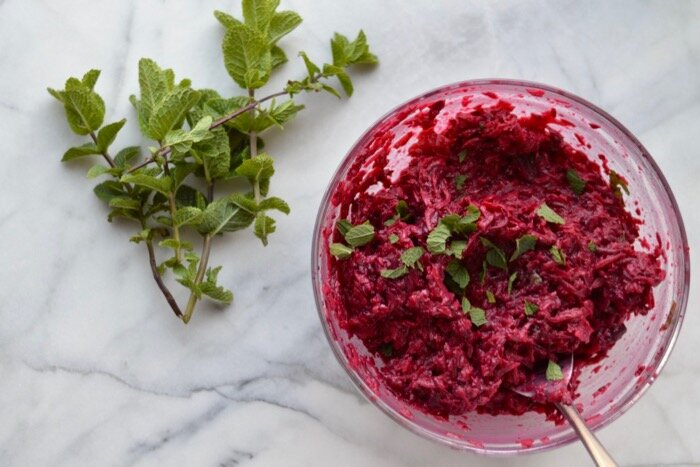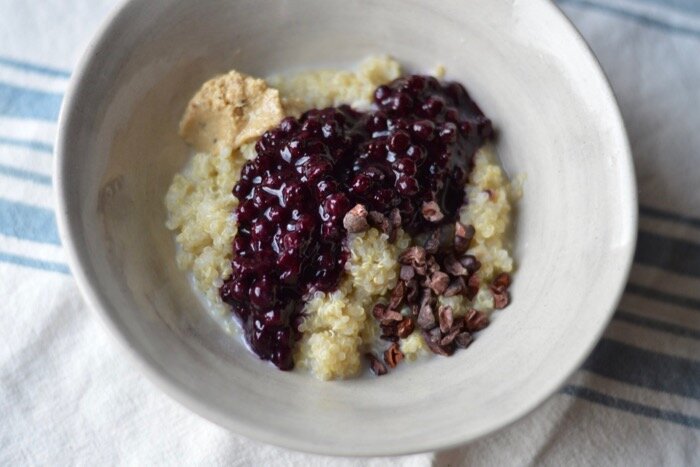Research Reflections: Ep. 7 | The Power of Flavonoid Diversity in Reducing Chronic Disease Risks
Introduction
Understanding the role of flavonoids in our diet can offer significant insights into enhancing health and preventing chronic diseases. A recent study focused on the importance of both the quantity and diversity of dietary flavonoids. This article unpacks our conversation and highlights practical ways to incorporate these important nutrients into our daily lives.
What Are Flavonoids?
Flavonoids are a large family of polyphenolic plant compounds, known for their anti-inflammatory and antioxidant properties. They play a crucial role in plant health and have been linked to numerous health benefits in humans, including protective qualities against chronic diseases. As Alex explained, flavonoids are a major subgroup of polyphenols, accounting for about 60% of them. They are often found in abundance in plant-based foods, suggesting that diets rich in fruits and vegetables can be beneficial.
Study Insights: Quantity vs. Diversity
The study that Drs. Alex and Antonella discussed aimed to evaluate the influence of both the quantity and diversity of flavonoid intake on health outcomes. Conducted on a UK population of 120,000 individuals, it explored how dietary flavonoids impact all-cause mortality and the risk of major chronic diseases.
Key Findings:
1. Quantity Matters:
- An overall increase in flavonoid intake is beneficial, particularly in reducing risks associated with type two diabetes. However, for most other diseases, once a certain threshold is crossed, additional intake doesn’t significantly enhance benefits.
2. Diversity is Crucial:
- The study strongly emphasized that the more diverse the intake of flavonoids, the better the health outcomes. Individuals consuming a variety of flavonoids from multiple food sources had superior results in terms of disease prevention and reduced mortality risks.
3. Simplified Solutions:
- While discussions around flavonoids can become complex, the practical application is straightforward. Incorporating a variety of flavonoid-rich foods like apples, berries, oranges, and grapes can significantly boost health.
Real-Life Applications: How to Add More Flavonoids to Your Diet
Here are some practical techniques for enhancing dietary flavonoid diversity:
The Five by Six Method:
Try consuming five different items from six categories of plant foods each week. These categories include fruits, vegetables, nuts and seeds, legumes, whole grains, and herbs and spices. As mentioned in the episode, my favorite bean is this one.
Choose Diverse Colors:
Switch up your routine by picking different colored fruits and vegetables. For instance, if you usually buy green cabbage, try red cabbage instead. Look for colorful beans or diverse herbs to add to meals.
Simple Swap Tips:
Practicing small swaps, like changing your regular lettuce to arugula or mixing between orange and purple carrots, can make a substantial difference.
Conclusion
The study outlined provides a strong foundation for advocating dietary diversity in flavonoid intake. By shifting focus from merely increasing quantity to embracing a variety of sources, we optimize our diet's protective benefits. As highlighted, adopting strategies like the Five by Six Method or simply choosing foods with different hues can drive meaningful improvements in our health. Starting with these simple steps not only enriches our diets but also fortifies our bodies against various chronic conditions.


















